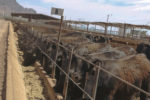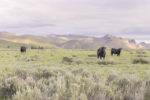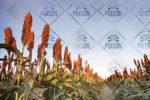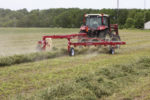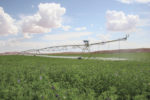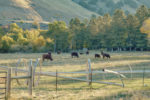Forage Production
Corn silage is highly variable, especially when produced under drought conditions. Because of the corn grain component of this forage, it should be treated as a mixed feed.
Read More
Research review: Rotational grazing alters foraging behavior of cattle in ARS study
A team of ARS researchers tested the notion that rotational grazing management leads to decreased gains even on extensive rangelands.
Read More
A personal brush with prussic acid poisoning
A dramatic brush with prussic acid poisoning motivated me to give producers some management advice to ensure a successful, nontoxic grazing season.
Read More
Selecting a conditioner for optimal drydown and quality retention
Field study results for single, double and unconditioned field conditioners.
Read More
Hay, baleage or haylage?
There is significant opportunity for economic growth in forage production if we are willing to meet the market.
Read More
How soil contamination and clostridia damage silage quality
Preventing silage contamination requires attention to detail and good management practices, and although it goes a long way in ensuring cattle health, it isn’t the only piece of the puzzle.
Read More
Where’s the water?
A three-prong approach among strategic use, soil health and crop selection will guide the future of water usage in forage production.
Read More
Forage Market Insights: Positive signs for production
Here’s Progressive Forage’s monthly look at factors impacting hay markets for April-May 2023.
Read More
3 management tips to bounce back after drought
The key to successful pasture recovery following drought is patience.
Read More
Advances in silage over the past 30 years
Bunk covers, packing density, silage inoculants, kernel processing, face management and improvements from seed breeding are all silage advancements that have made an impact over the past 30 years.
Read More
